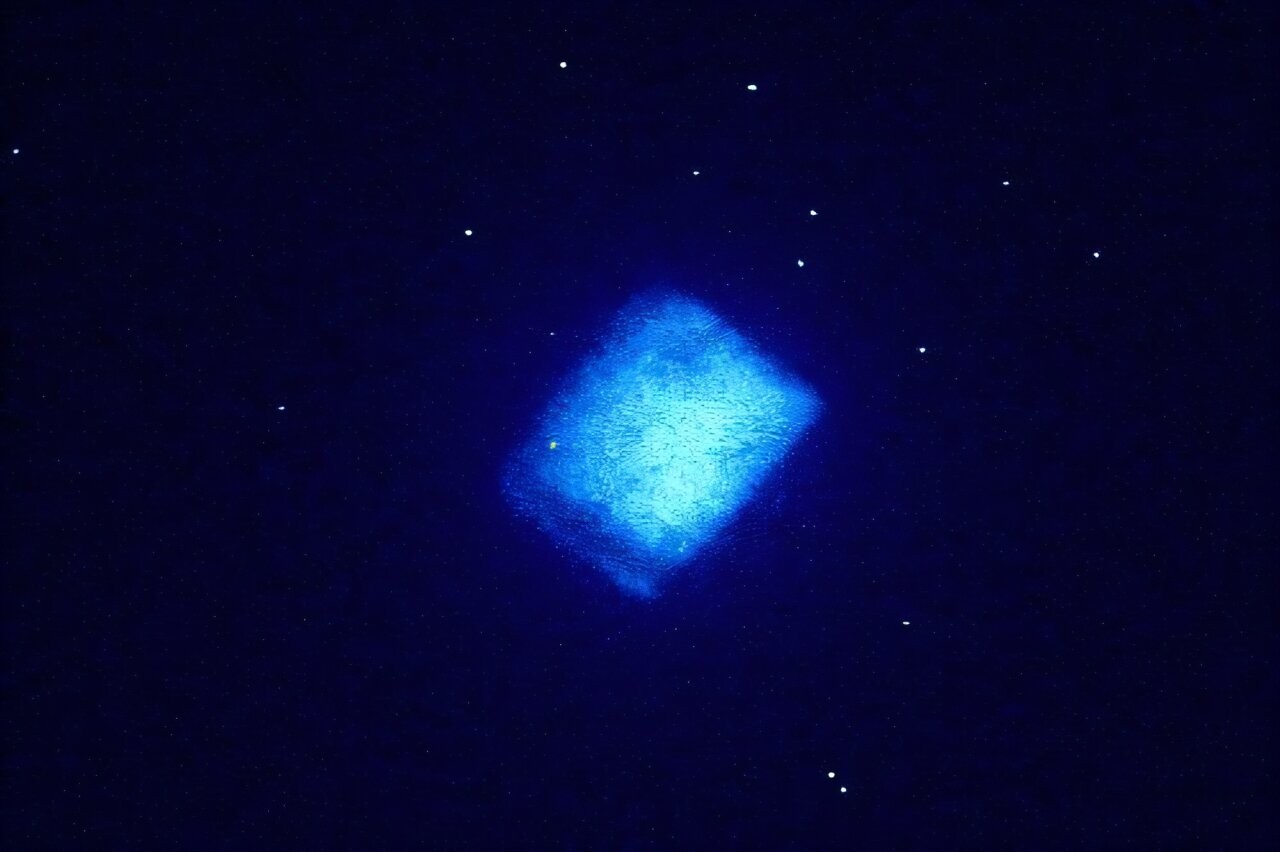
Scientists at the University of Bristol and UK Atomic Energy Authority have achieved a remarkable breakthrough - creating the world's first diamond battery powered by radioactive carbon-14, capable of providing power for thousands of years without replacement.
The innovative power source harnesses carbon-14's natural radioactive decay process, which converts the isotope into nitrogen-14 while releasing a steady stream of electrons. With carbon-14's impressive 5,700-year half-life, these diamond batteries could theoretically maintain over 50% charge capacity for more than 10,000 years.
To create this groundbreaking technology, researchers developed a specialized plasma system that essentially 3D-prints artificial diamond crystals containing trace amounts of carbon-14 sourced from nuclear facilities. The diamond structure safely encases the radioactive material while allowing the generated power to be harnessed.
"Diamond batteries offer a safe, sustainable way to provide continuous microwatt levels of power," explained Sarah Clark, Director of Tritium Fuel Cycle at UKAEA.
The technology opens up exciting possibilities across multiple fields. Medical applications could include powering pacemakers and hearing aids without requiring repeated surgeries for battery replacement. The batteries would also be ideal for electronics operating in extreme environments like deep sea sensors or space equipment, where battery changes are impractical or impossible.
Professor Tom Scott from the University of Bristol materials science team noted: "Our micropower technology can support a whole range of important applications from space technologies and security devices through to medical implants."
This development represents a major leap forward in energy storage technology, potentially revolutionizing how we power long-term electronic devices. While the concept was first proposed by Bristol University in 2016, its successful creation nearly a decade later marks an exciting milestone in sustainable power generation.